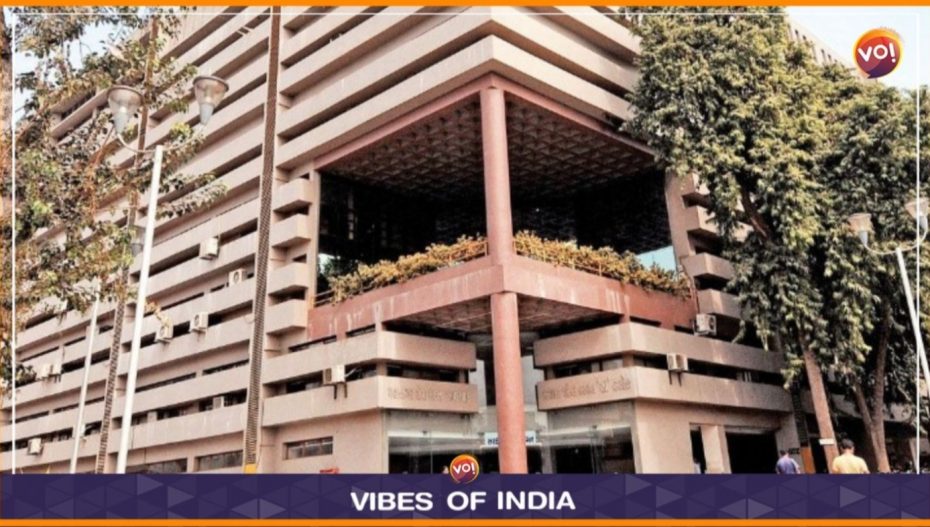Amid welcome monsoon rains, a new concern has hit the residents of Ahmedabad – that is rising murkiness in the city’s water supply. Though turbidity is not a new problem for the city, the solution Ahmedabad Municipal Corporation (AMC) has adopted certainly is — at least so far financial prudence is concerned.
Instead of cost-effective polyaluminum chloride (PAC) use for turbidity reduction, the Corporation has long been using alum, that too procuring it from a private company, which has been draining its resources.
It was way back in 2007 that the state’s Urban Development Department directed the use of PAC instead of alum for water treatment, as the former is significantly cheaper and more beneficial. Despite this, AMC continued with alum, placing a substantial financial burden on the exchequer.
Notably, other major municipalities and water supply boards in Gujarat, including Surat, have already adopted the use of PAC, reaping its cost-effective and efficient benefits.
Finally, this time, ditching alum, the AMC has started using PAC, buying 80 to 100 metric tons of the chemical daily, for use at its three water treatment plants to remove the turbidity.
However, as it is still proving expensive, now in a change of plan, the Corporation is eyeing purchasing 1,500 metric tons of ferric aluminium grade 4 (PAC) at a cost of Rs 3.30 crore. Doing this will save AMC around Rs 3 to 4 crore annually in recurring purchase costs. It will also significantly reduce expenses by a factor of 40 compared to alum. Such a move could translate into millions of rupees in potential savings for the city.
According to sources, the city receives a daily supply of 1400 to 1500 million litres of raw water, treated by three water treatment plants, the Kotarpur Water Treatment Plant, the Jasapur and Raska Water Treatment Plants.
During the monsoons, rainfall elevates the turbidity in the raw water, necessitating the use of chemicals for effective turbidity reduction. Officials have now come to accept that alum use results in a 40-fold increase in the required amount for turbidity reduction as compared to PAC. They stress PAC should be procured solely from the government company GACL, as directed by the government, rather than from private enterprises.
At present, the raw water supplied through the Narmada canal exhibits turbidity levels ranging from 70 to 80 NTU. If turbidity rises any further, sediment settling may occur even after treatment.
Ahmedabad faces a critical juncture in its water treatment practices during this monsoon season. The choice between alum and PAC will have substantial financial implications and impact the city’s water supply efficiency. The fate of the pending request for the purchase of 1500 metric tons of PAC will be revisited during the next Water and Sewerage Committee meeting after a week’s postponement.
Also Read: Chhattisgarh CM Bhupesh Baghel Reiterates Government’s Commitment To Empowering Youth













